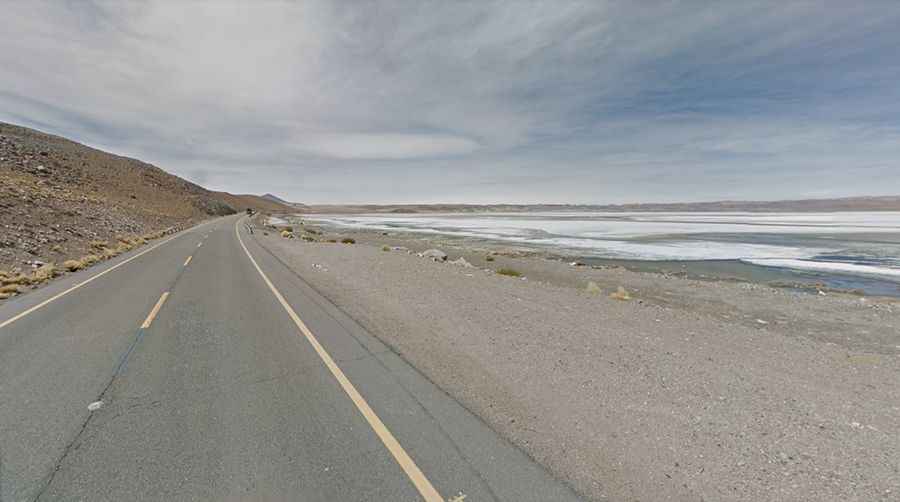Salar de Quisquiro: The Ultimate Road Trip Guide
Salar de Quisquiro is a high mountain salt flat at an elevation of 4.210m (13,812ft) above the sea level located in the Antofagasta Region, of northern Chile. Daytime temperatures will reach up to 30 °C, while at night temperatures will tend to drop very low, even below freezing point in winter. There are often also b winds in the area.

Set high in the Andes mountain range on the northeastern corner of the country, the road to the lake, also known as Salar de Loyoques, is totally paved. It’s called Ruta 27 (CH-27). With such a high altitude, it is one of the highest asphalted roads in South-America. This road is a good possibility for 2WD-drivers to experience a road at very high altitude in a landscape without vegetation for many miles, looking like the Mars planet. In spite asphalt and two traffic lanes, drivers should be careful because of high altitude, extremely low population density, strong radiation by the sun, strong enduring wind, missing connection for cellphone and up to 160 km (100 mi) to the next settlement with a petrol station.
Tucked away in Los Flamencos National Reserve, and set on an arid high plateau in the Andes mountains, this road is permanently enabled for all types of vehicles. It is open throughout the year, although occasionally closed by snow. The drive is pretty boring, as the road is straight and the scenery unchanging. Remember that you will be crossing the Andes, travelling through a semi desert area with few people and will be travelling at an average height of 3.000 m.a.s.l. The road was opened on 6 December 1991, and is paved throughout since 2005.
The road is 156.19 km (97.05 mi) long, running from San Pedro de Atacama to Paso de Jama, on the Argentinian border. Expect strong winds (dusty and dry), sunny conditions (dangerous without sunglasses), take plenty of water and bring at least two full-sized spare tires (they’ll be burning enough to bake a pizza). The road is remote, so extra care is required. It features steep sections, hitting a 12.6% of maximum gradient through some of the ramps.